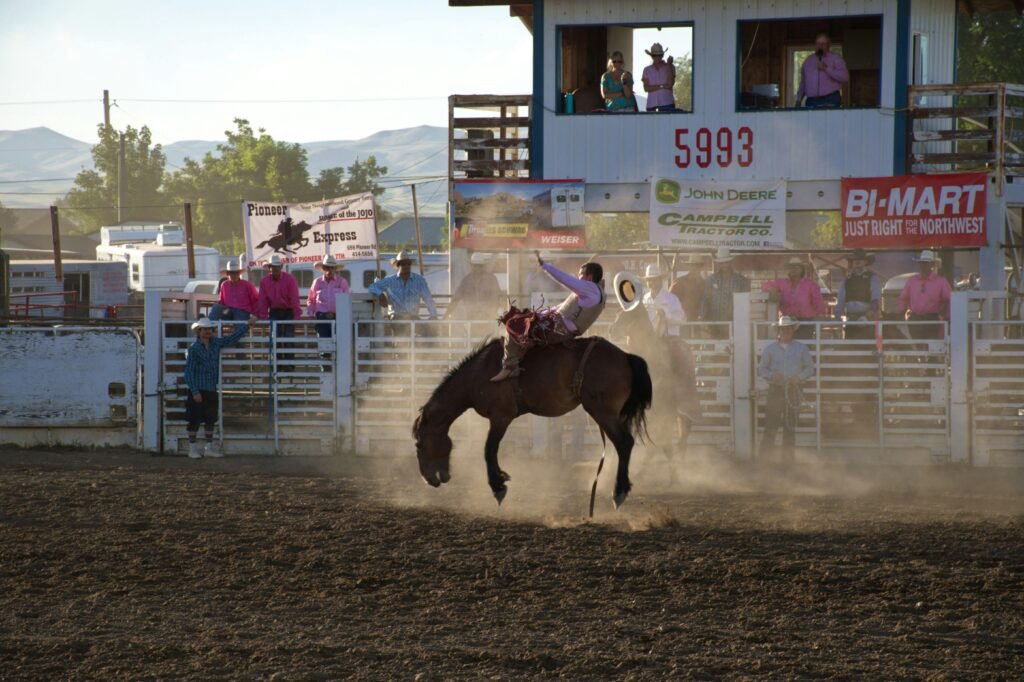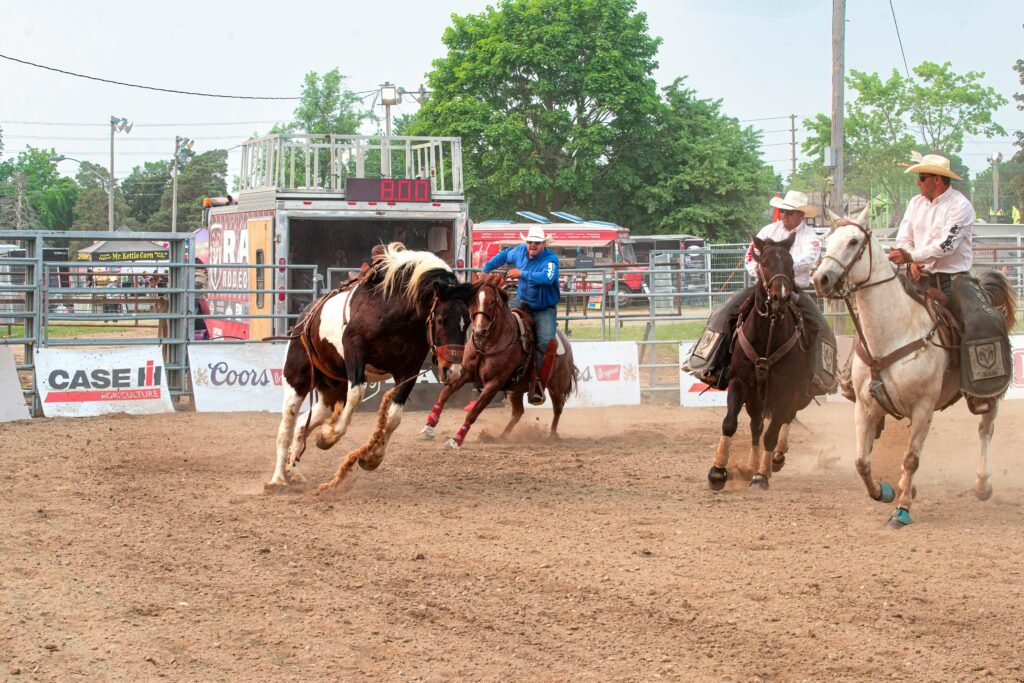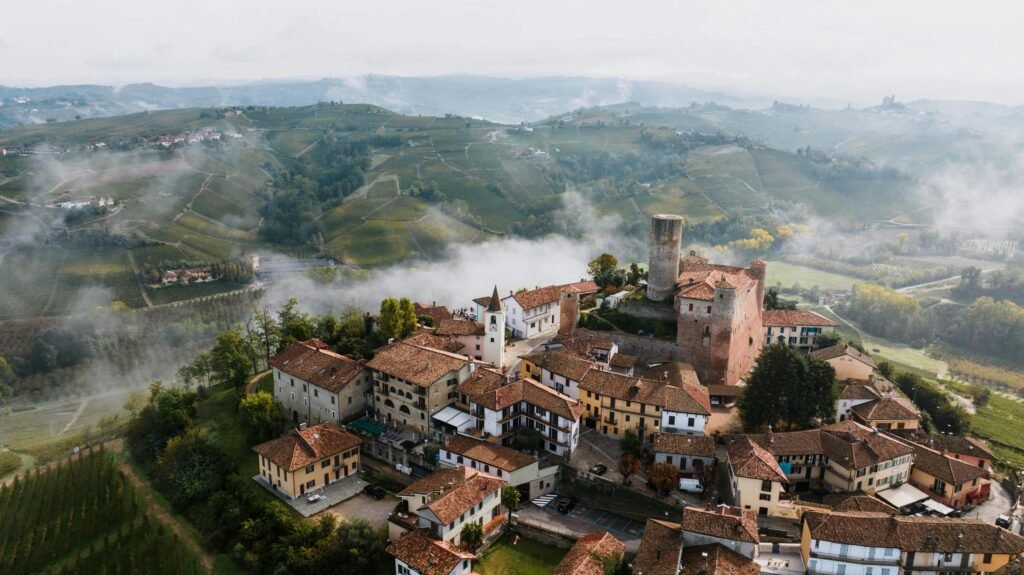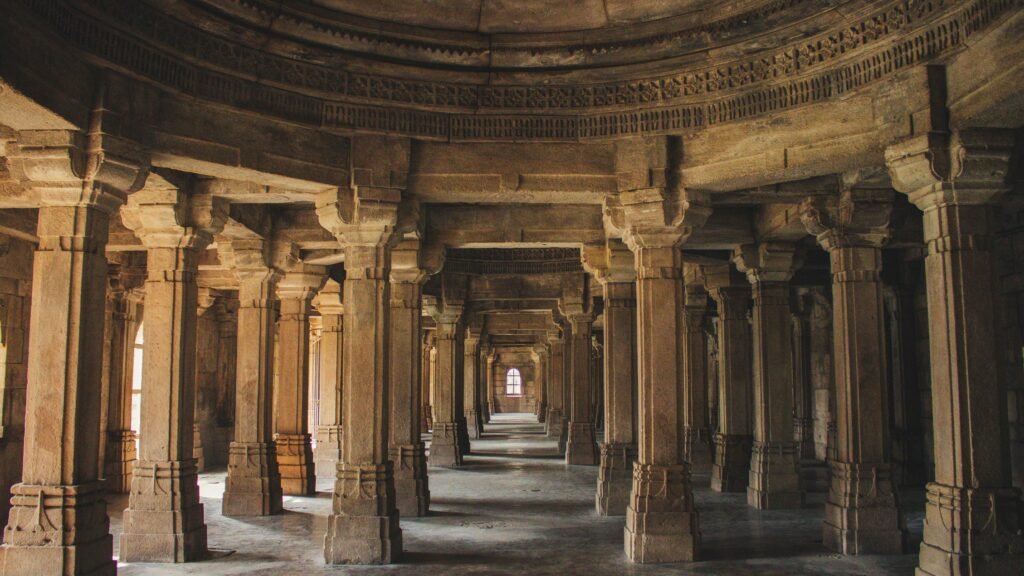Have you ever witnessed 40,000 people screaming at the top of their lungs while ten horses thunder around a medieval square at breakneck speed?
That’s exactly what I experienced during my first Palio dell’Assunta in Siena, and let me tell you – nothing prepares you for the raw emotion and centuries-old passion that explodes in that piazza!
The Palio dell’Assunta, held every August 16th in honor of the Assumption of Mary, isn’t just a horse race.
It’s a living, breathing piece of medieval Italy that has survived wars, plagues, and modernization for over 350 years.
What is the Palio dell’Assunta?
The Palio dell’Assunta is one of two historic horse races held annually in Siena’s stunning Piazza del Campo. While many people know about the more famous July Palio (Palio di Provenzano), the August race holds equal importance and often delivers even more dramatic moments.
Here’s what makes this event absolutely unique:
- Ten of Siena’s seventeen contrade (neighborhoods) compete – selected through a rotation system and lottery
- Riders race bareback around the shell-shaped piazza in a death-defying display of skill
- The race lasts only 90 seconds, but the preparation takes months
- Winning brings a year of glory and bragging rights that money can’t buy
- The tradition dates back to 1656, making it one of Europe’s oldest continuously run sporting events
History and Origins of the August Palio

The Palio dell’Assunta has roots that run deeper than most countries’ entire histories. Started in 1656, this race was born from Siena’s fierce neighborhood pride and their devotion to the Virgin Mary.
Back in medieval times, Siena was divided into these contrade – essentially mini-cities within the city. Each had its own church, fountain, museum, and identity. The rivalry between them was intense, sometimes leading to actual street fights (thankfully, we’ve channeled that energy into horse racing now!).
Key historical moments that shaped the Palio:
- 1656 – First official Palio dell’Assunta held
- 1729 – Modern format established with set rules
- 1888 – Last fatality during the race (safety measures improved significantly)
- World War II – Palio suspended from 1940-1945
- 1945 – Emotional restart after the war with unprecedented celebration
What fascinates me most is how this event survived everything history threw at it. During World War II, when the race was suspended, people literally cried in the streets. When it resumed in 1945, the celebration lasted for days. That’s when you know something is more than just entertainment – it’s part of people’s souls.
The religious aspect can’t be ignored either. The race is held on August 16th, the Feast of the Assumption, and before every Palio, horses are blessed in their respective contrada churches. I’ve seen tough, weathered jockeys cross themselves before mounting their horses, and it really drives home how sacred this tradition is.
The Seventeen Contrade of Siena
Understanding the contrade is absolutely crucial to appreciating the Palio. These aren’t just arbitrary teams – they’re living communities with centuries of tradition, rivalry, and pride.
The seventeen contrade are:
- Aquila (Eagle) – Known for their yellow and blue colors
- Bruco (Caterpillar) – Yellow and green with distinctive silk scarves
- Chiocciola (Snail) – Red and yellow, famous for their victory celebrations
- Civetta (Little Owl) – Red and black, one of the most successful contrade
- Drago (Dragon) – Red and green, fierce competitors
- Giraffa (Giraffe) – Red and white, known for strategic racing
- Istrice (Crested Porcupine) – Red, white, and blue
- Leocorno (Unicorn) – Orange and white with blue trim
- Lupa (She-wolf) – Black and white, referencing Rome’s founding myth
- Nicchio (Seashell) – Blue and yellow, maritime themed
- Oca (Goose) – Green and red with white details
- Onda (Wave) – White and light blue, representing water
- Pantera (Panther) – Red, blue, and white stripes
- Selva (Forest) – Green and orange, nature themed
- Tartuca (Tortoise) – Yellow and blue, known for patience and strategy
- Torre (Tower) – Dark red, representing strength
- Valdimontone (Ram of the Valley) – Red and yellow with white
Each contrada has its own motto, patron saint, museum, and social club. I spent an entire afternoon in the Oca (Goose) museum, learning about victories dating back centuries. The passion these people have for their neighborhood identity is something you rarely see in modern society.
How the Race Selection Process Works
Not all seventeen competed in each Palio – only ten participated. The selection process is both systematic and involves pure chance, which adds another layer of drama to the whole event.
I witnessed one of these lottery drawings, and the tension was incredible. Representatives from each contrada gather in the city hall, and when their name gets pulled, you’d think they just won the World Cup. Grown men jumping, crying, hugging – it’s pure emotion.
This is where things get really interesting because the quality of the horse can make or break a contrada’s chances. I’ve seen contrade go from euphoric to devastated in seconds when they draw a horse with a reputation for being difficult.
The Spectacular Pageantry and Ceremonies
The actual race might last 90 seconds, but the buildup is a three-hour medieval spectacular that’ll give you goosebumps. I’m not exaggerating when I say it’s one of the most beautiful displays of historical pageantry you’ll see anywhere in the world.
The Historical Parade includes:
- Over 600 participants in authentic Renaissance costumes
- Flag throwers (sbandieratori) performing death-defying aerial displays
- Medieval musicians playing period instruments
- Representatives from each contrada in their traditional colors
- The Carroccio – a decorated cart pulled by white oxen carrying the Palio banner
The flag throwing is absolutely mesmerizing. These guys toss heavy silk flags 30 feet in the air, spinning and catching them in choreographed sequences that have been passed down for generations. I tried learning some basic moves during a workshop, and let me tell you – it’s way harder than it looks!
Pre-race traditions that’ll move you:
- Horses are blessed in their contrada churches
- Jockeys eat ritual meals with their contrada families
- Ancient songs are sung in the streets
- Children dress in miniature medieval costumes
- Emotional speeches are given by contrada leaders
The blessing of the horses is particularly touching. Each horse is led into their contrada’s church, and the priest blesses them while hundreds of supporters pray for victory. It sounds crazy, but seeing a horse standing calmly at an altar while people sing hymns is surprisingly moving.
Race Day Experience and Atmosphere
Race day in Siena is unlike anything else on earth. The entire city transforms into a medieval carnival, with 40,000 people crammed into a piazza designed for maybe 15,000.
What to expect on August 16th:
- 5:00 AM – Die-hard fans start claiming spots in the piazza center
- Morning – Bars serve traditional race day breakfast with champagne
- 2:00 PM – Historical parade begins
- 7:00 PM – Horses and riders enter for final preparations
- 7:30 PM – Race typically starts (though delays are common)
- Night – Victory celebrations or consolation drinking
The moment those horses burst out of the starting area is pure magic. The crowd noise is so loud it physically hurts, people are crying, screaming, praying – and then it’s over in 90 seconds.
The winning contrada explodes in celebration while others are left devastated. It’s raw human emotion on full display.
Understanding the Complex Rules and Strategies
The Palio has some of the most unusual rules you’ll find in any sport. Forget everything you think you know about horse racing – this is a completely different beast with strategies that would make chess masters jealous.
Basic rules that shock newcomers:
- Jockeys can whip opponents’ horses (not just their own!)
- Interference and blocking are legal and encouraged
- The horse wins even if the jockey falls off (happens more often than you’d think)
- Only one rule is strictly enforced – no pulling on the reins
- Alliances between contrade can change everything mid-race
I learned about these rules the hard way during my first Palio. I was cheering for what I thought was the leading horse when suddenly another jockey reached over and whipped it, causing it to slow down dramatically. The crowd around me was going insane, and I had no idea why this was legal!
Strategic elements that make it fascinating:
- Pre-race negotiations can determine outcomes before horses even run
- Secret alliances are formed between friendly contrade
- Enemy contrade will sacrifice their own chances to prevent rivals from winning
- Jockeys switch loyalties based on who pays more
- Psychological warfare includes everything from bribes to intimidation
The most famous strategy is called “making the race” – where a contrada will pay their jockey to help an allied contrada win rather than trying to win themselves. It sounds crazy, but preventing your biggest rival from winning can be more valuable than winning yourself.
Planning Your Visit: Tickets, Timing, and Tips
Getting to experience the Palio dell’Assunta requires serious planning, especially if you want decent viewing spots. I’ve made every possible mistake over my multiple visits, so let me save you some heartache with hard-learned lessons.
Ticket options and prices (2025):
- Piazza center (free) – Arrive early morning, extremely crowded, no amenities
- Balcony seats (€200-800) – Private balconies with great views, book months ahead
- Grandstand seats (€100-400) – Official seating with some amenities
- Window seats (€50-200) – Restaurants and shops rent window space
- Rooftop terraces (€150-500) – Best photography spots, limited availability
Booking timeline that actually works:
- January – Start researching accommodation and premium seating
- March – Book hotels (they fill up completely)
- May – Secure balcony or grandstand tickets
- June – Finalize travel arrangements and backup plans
I once showed up thinking I could find a hotel room two weeks before the race. Ended up sleeping in my rental car an hour outside Siena and driving in each morning. Not my proudest moment, but the race was still incredible.



